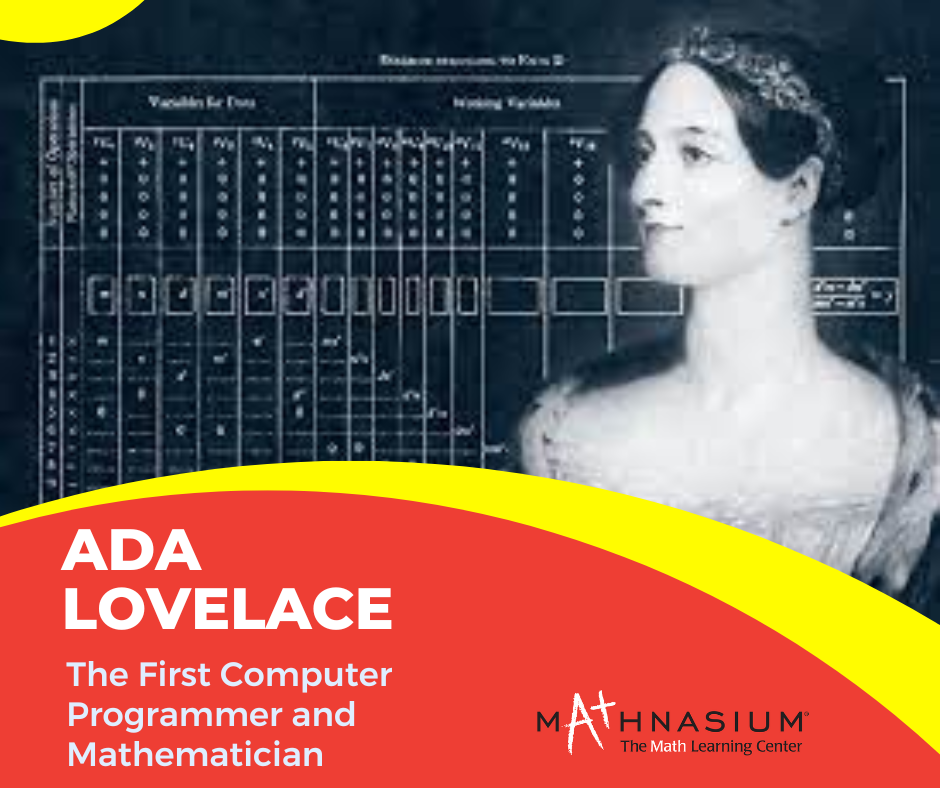Ada Lovelace, born Augusta Ada Byron in 1815, is a name that may not be as widely recognized as some other historical figures in the world of mathematics and computing. However, her contributions to mathematics and computer science are nothing short of groundbreaking. Ada Lovelace is often credited as the world's first computer programmer, and her work laid the foundation for modern computing. Let's delve into her remarkable life and her enduring legacy.
Early Life and Education
Ada Lovelace was the daughter of the famous poet Lord Byron and Anne Isabella Milbanke. Her parents' tumultuous marriage ended when Ada was just five weeks old, and her mother was determined to provide her with a vital education in mathematics and science. Anne Milbanke believed that exposing Ada to these subjects would help her avoid the perceived "insanity" of poets like her father.
Under the guidance of tutors and mentors, Ada excelled in her studies. She had a remarkable aptitude for mathematics; by her teenage years, she was already working on complex mathematical problems. One of her mentors, Augustus De Morgan, was a prominent mathematician who recognized her talent and encouraged her to continue her studies.
Collaboration with Charles Babbage
Ada Lovelace's most significant contribution came from her collaboration with Charles Babbage, an English mathematician, and inventor. Babbage had designed the Analytical Engine, a mechanical general-purpose computer that is often considered the precursor to modern computers. While working on the Analytical Engine, Ada translated an article by Italian mathematician Luigi Federico Menabrea.
However, Ada didn't merely translate Menabrea's work; she added her own extensive notes and annotations to the text. In these annotations, she explained the concept of using punch cards to program the Analytical Engine to perform various tasks, including calculations and even composing music. Ada's notes effectively described an algorithm that could be executed by the Analytical Engine, making her the world's first computer programmer.
Her Vision and Legacy
Ada Lovelace's vision extended beyond the capabilities of the technology of her time. She understood that these machines could do more than just mathematical calculations—they could manipulate symbols and data to perform various tasks. Her visionary ideas laid the groundwork for the modern concept of general-purpose computer and software programming.
Sadly, Ada Lovelace's life was cut short when she succumbed to cancer at the young age of 36. However, her legacy lives on. Her work was largely forgotten for many years, but in the mid-20th century, computer scientists and historians rediscovered her notes and recognized their significance. Today, she is celebrated as a pioneer in computer science and is remembered each year on "Ada Lovelace Day," which honors the achievements of women in science, technology, engineering, and mathematics.
Ada Lovelace's contributions to mathematics and computer science are a testament to the power of education, collaboration, and visionary thinking. Her work not only paved the way for modern computing but also challenged the gender norms of her time, proving that women could excel in fields traditionally dominated by men. As we celebrate her legacy, we should also remember the importance of nurturing and encouraging young minds' talents and passions, regardless of gender, as we never know when they might change the course of history with their ideas and innovations. Ada Lovelace's story serves as an inspiration to us all.











